How to Optimize Energy Efficiency in Industrial Led Lighting Systems for Maximum Cost Savings
In today's industrial landscape, optimizing energy efficiency is more critical than ever, and one of the most effective strategies to achieve this is through the implementation of Industrial LED Lighting systems. These advanced lighting solutions not only provide superior illumination but also significantly reduce energy consumption, leading to substantial cost savings for businesses. As industries strive to adopt sustainable practices and minimize operational costs, understanding how to maximize the efficiency of LED lighting systems becomes essential. This guide will explore various strategies and best practices designed to enhance the performance of Industrial LED Lighting while ensuring that organizations can reap the financial benefits associated with lower energy bills and improved productivity. By focusing on key factors such as system design, maintenance, and smart technology integration, companies can unlock the full potential of their lighting investments and contribute to a greener industrial future.
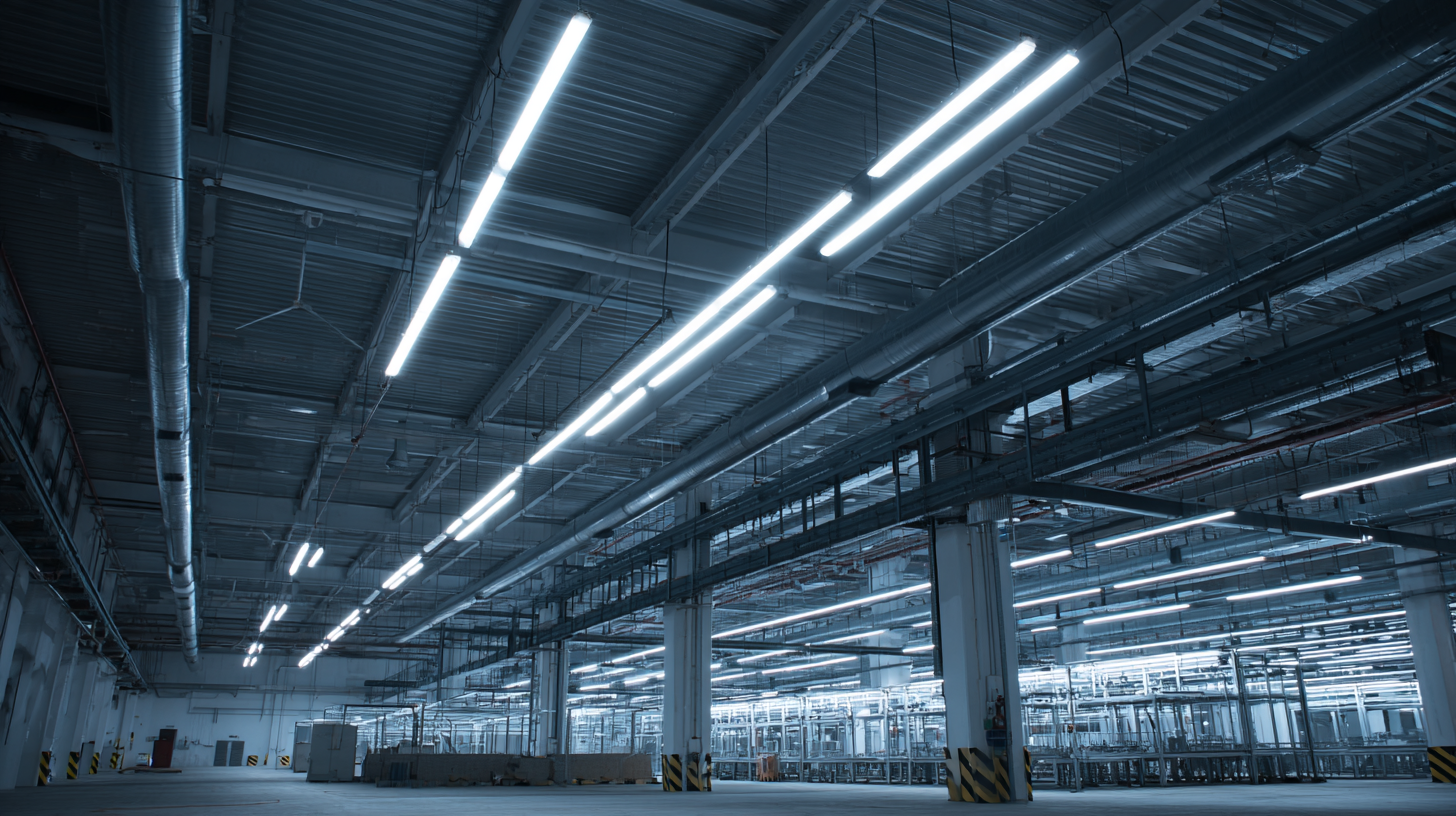
Understanding the Importance of Energy Efficiency in Industrial LED Lighting
Energy efficiency plays a critical role in the implementation of industrial LED lighting systems, significantly impacting operational costs and environmental sustainability. According to the U.S. Department of Energy, LED lighting can reduce energy consumption by up to 75% compared to traditional incandescent bulbs. This formidable reduction not only lowers utility bills but also minimizes the carbon footprint of manufacturing and industrial facilities.
Furthermore, the adoption of energy-efficient lighting solutions can lead to substantial long-term savings. A study from the International Energy Agency (IEA) indicates that industrial sectors investing in LED upgrades can see a return on investment (ROI) within two to three years due to reduced energy costs and maintenance savings. Additionally, when coupled with smart lighting controls and automation, these systems enhance energy management strategies, leading to further efficiency gains. By prioritizing energy efficiency in lighting, industries can ensure not only operational cost savings but also contribute to broader sustainability goals.
Evaluating Current Lighting Systems and Identifying Areas for Improvement
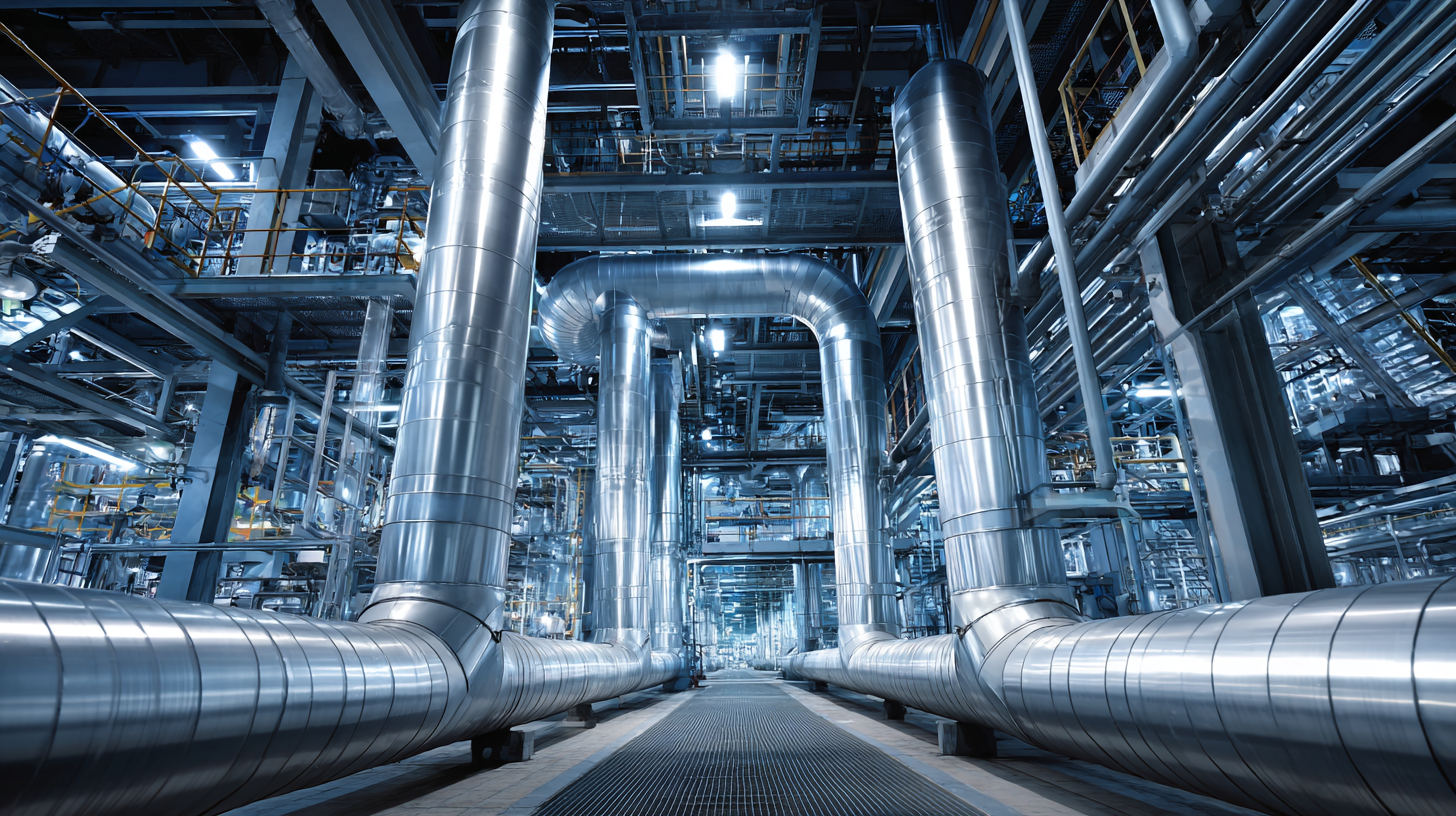 To optimize energy efficiency in industrial LED lighting systems, the first step is to
evaluate the current lighting setups.
This includes assessing the types of lights in use, their wattage, and their brightness levels.
Organizations should conduct a thorough audit of the existing systems, noting any areas where lighting
is either excessive or insufficient.
By measuring illumination levels and comparing them against industry standards, businesses can identify
inefficiencies that contribute to higher energy costs.
To optimize energy efficiency in industrial LED lighting systems, the first step is to
evaluate the current lighting setups.
This includes assessing the types of lights in use, their wattage, and their brightness levels.
Organizations should conduct a thorough audit of the existing systems, noting any areas where lighting
is either excessive or insufficient.
By measuring illumination levels and comparing them against industry standards, businesses can identify
inefficiencies that contribute to higher energy costs.
Identifying areas for improvement involves not only recognizing outdated fixtures but also understanding the specific needs of various spaces within the facility. For example, high bay areas may require different levels of illumination compared to warehouses or office spaces. Implementing smart lighting solutions, such as sensors that adjust brightness based on occupancy or daylight availability, can lead to significant energy savings. By focusing on these evaluations and targeted enhancements, companies can create a more cost-effective and environmentally friendly lighting strategy that maximizes both energy efficiency and operational performance.
Implementing Smart Control Systems for Enhanced Energy Management
Implementing smart control systems is pivotal in optimizing energy efficiency for industrial LED lighting systems. By leveraging advanced technologies such as IoT and real-time monitoring, industries can tailor their energy usage according to demand and operational requirements. For instance, automated dimming and adaptive control strategies significantly reduce energy consumption without sacrificing lighting quality, thereby translating to substantial cost savings.
Recent developments in energy management highlight the growing importance of such systems. With the emergence of virtual power plants and sophisticated energy infrastructures, organizations can achieve enhanced energy management capabilities. These smart solutions facilitate the integration of renewable energy sources and grid optimization, leading to more sustainable operations. As the global energy management system market continues to expand, aligning smart control systems with industrial lighting will become integral to achieving long-term energy efficiency and financial benefits.
Selecting the Right LED Fixtures for Optimal Performance and Longevity
Choosing the right LED fixtures is paramount for achieving optimal performance and longevity in industrial lighting systems. The first step involves assessing the specific lighting needs of the facility, including the layout, types of activities conducted, and ambient lighting conditions. For instance, selecting fixtures designed for high ceilings can enhance light distribution, while those with a higher color rendering index (CRI) improve visibility for intricate tasks. Furthermore, it's essential to consider the wattage and lumens of the fixtures, ensuring they provide adequate brightness while maximizing energy efficiency.
Another critical aspect is the durability and environmental ratings of the LED fixtures. Opt for products that feature robust designs and materials, like die-cast aluminum or high-grade polycarbonate lenses, to withstand industrial environments. Additionally, consider fixtures with a high ingress protection (IP) rating, which indicates resistance to dust and moisture. Prioritizing LED fixtures with longer lifespans and favorable warranty terms can lead to significant cost savings over time, minimizing maintenance and replacement expenses. By carefully selecting the appropriate LED solutions, facilities can enhance energy efficiency, reduce operational costs, and ultimately contribute to sustainable practices.
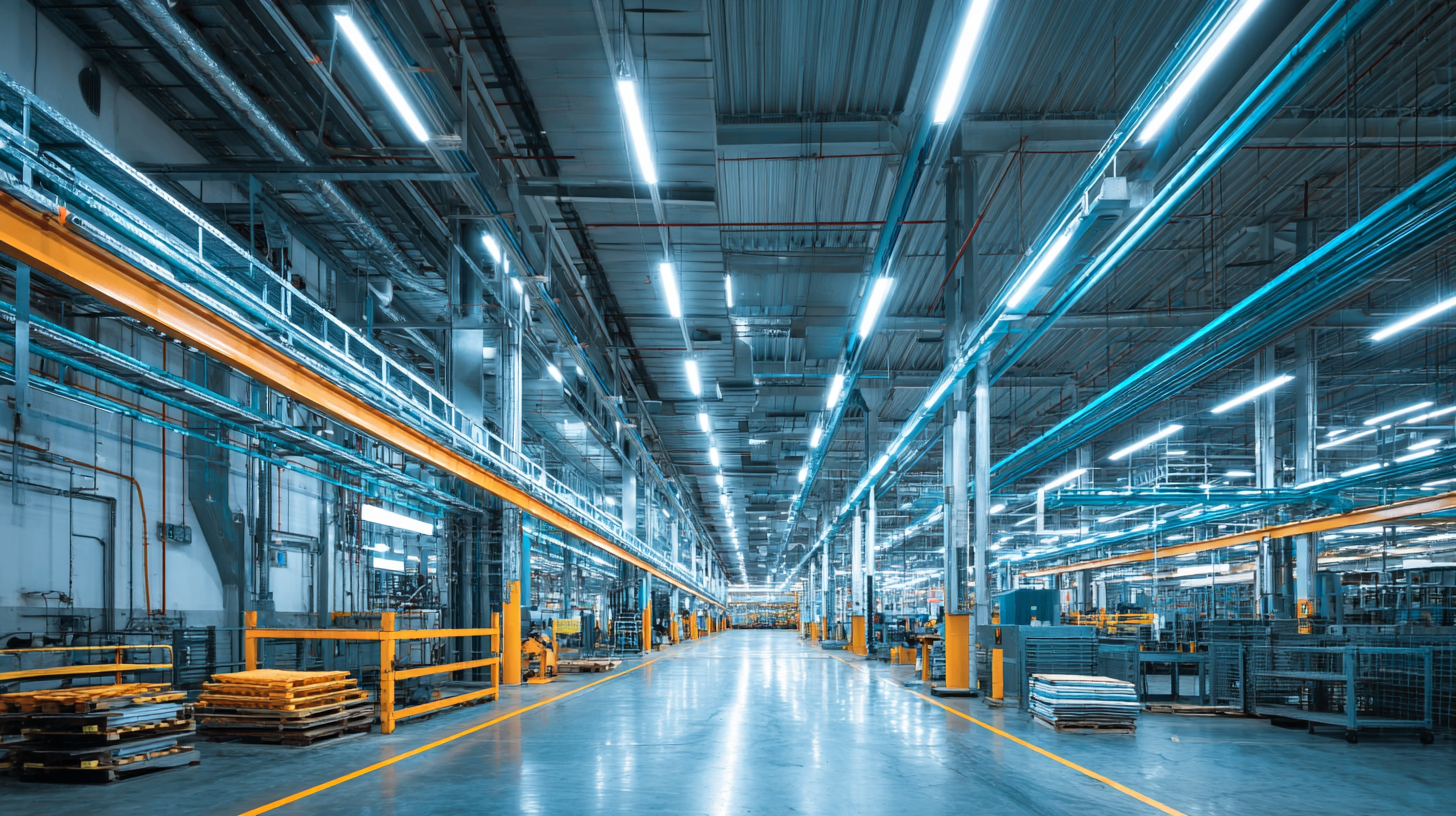
Monitoring and Analyzing Energy Usage to Maximize Cost Savings
Monitoring and analyzing energy usage in industrial LED lighting systems is crucial for maximizing cost savings. According to a report by the U.S. Department of Energy, adopting LED technology can lead to a reduction in energy consumption of up to 75% compared to traditional incandescent lighting. However, merely switching to LED lighting isn't enough; continuous monitoring of energy usage can unveil patterns that indicate inefficiencies. Tools such as smart sensors and IoT solutions can provide real-time data, allowing facility managers to adjust lighting based on occupancy and ambient light conditions, thus further reducing energy waste.
In addition, the integration of advanced analytics can identify anomalies in energy consumption, potentially signaling malfunctioning equipment or unnecessary usage. The energy savings from effective monitoring can be substantial, with studies indicating that companies can reduce their energy costs by as much as 30% through optimized lighting schedules and adaptive control systems. A proactive approach to energy management not only contributes to immediate cost reduction but also aligns with broader sustainability goals, making it a critical component of modern industrial lighting strategies.
How to Optimize Energy Efficiency in Industrial Led Lighting Systems for Maximum Cost Savings
| Lighting System Type | Power Consumption (W) | Annual Operating Hours (h) | Energy Cost ($/kWh) | Annual Energy Cost ($) | Expected Savings (%) | Projected Annual Savings ($) |
|---|---|---|---|---|---|---|
| High Bay LED | 150 | 2000 | 0.12 | 3600 | 25 | 900 |
| Downlight LED | 30 | 2500 | 0.12 | 900 | 20 | 180 |
| Tube LED | 18 | 3000 | 0.12 | 648 | 30 | 194.4 |
| Flood LED | 200 | 1500 | 0.12 | 3600 | 25 | 900 |
Related Posts
-
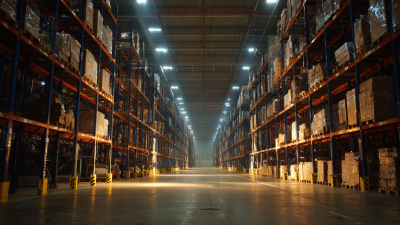
Unmatched Quality in Best Warehouse Lighting Led from China's Leading Manufacturer
-

How to Choose the Right Parking Lot Lights for Your Business Needs
-
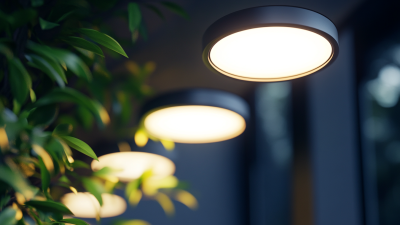
Advantages of Utilizing Small Led Lights for Energy Efficiency and Cost Savings
-
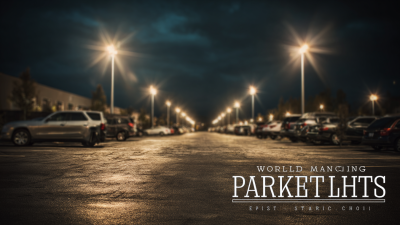
World Class Manufacturing Shining Bright with Best Parking Lot Lights Exported from China
-
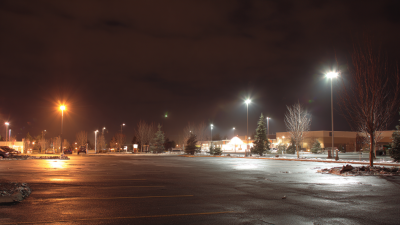
Top Strategies for Choosing the Best Led Parking Lot Lights for Your Business
-
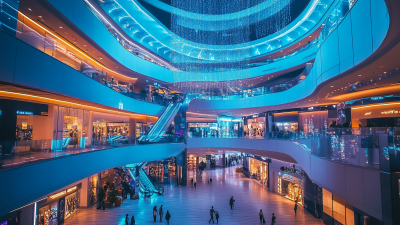
Emerging Trends in 2025 and Advantages of Commercial Led Lighting for Global Buyers
